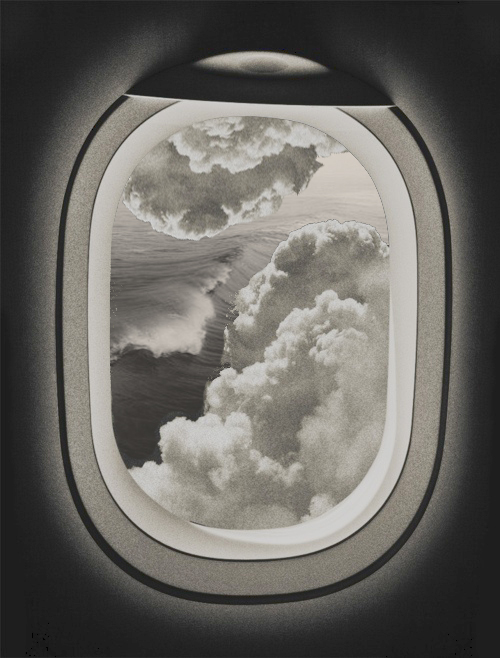Jill Walker Rettberg’s book was a really interesting read and has a particular resonance for me as I move toward the summer working on my bibliography for affect and sentiment analysis, the cultural side of algorithms, and think/feel my way through the new punctum that data can provide. I really enjoyed Rettberg’s use of Roland Barthes’ studium and punctum, concepts (and a text) that I hold dear; in Camera Lucida, Barthes’ described the concept of studium as an average effect, a cultural connotation in figures, faces, gestures, settings, and actions and punctum as a sting, speck, cut, little hole, prick, a cast of the dice, the accident that pricks, bruises, and is poignant (CL 26-27). I paged back through CL for other descriptions of studium and punctum that I thought interesting in reading Rettberg’s text:
- “the studium is always coded, the punctum is not” (51)
- the punctum as revealed after the fact
- the punctum as a subtle beyond
- the punctum as a “detail”; a “partial object” (43)
- “last thing about the punctum: whether or not it is triggered, it is an addition: it is what I added to the photograph and what is nonetheless already there” (55)
Rettberg’s idea that self/simple data (elements like location and time) as a new sort of punctum is intriguing, particularly in her discussion of it alongside N. Katherine Hayles’s concept of an active cognizer as a distributed cognition between human and machine. I’ve been thinking about quantifying myself and the way data can both speak of and for my experience this semester. Disclosure (though through media it has been exposed in slivers): at the beginning of the semester my mother was diagnosed with advanced stage v ovarian cancer. From a distance, my reaction was an impulse for documenting, collecting, gathering, expressing. Some of this has taken post in my blog with posts about my mother, or on Instagram with photos; but also unexpectedly through my iPhone’s locative capacities, and in apps I use for self tracking. I am dwelling in the active cognizer effects of my phone: looking at sleep apps that note my restlessness and insomnia and odd cycles; the most played tracks in my Spotify that show the repetition of two songs (Purity Ring’s “shuck” and The Microphones “my roots are strong and deep”); the geolocational data that follows the paths my parents take from home to around the hospital (or in odd moments, when the pictures taken there register as taken here) in photos my father sends me—this data is a beyond, not just a representation; to me it has affective, punctum qualities that reveal the partial object of my mother’s cancer. I’m interested in thinking further about Rettberg’s concept of filter: what is taken out of this experience and what colour is added in (I wrote this post in January about what it means to visualize disease; I’m interested in returning to it by thinking of what it means to visualize seeing ourselves).
What does this quote from Johanna Drucker
“Rendering observation (the act of creating a statistical, empirical, or subjective account or image) as if it were the same as the phenomena observed collapses the critical distance between the phenomenal world and its interpretation, undoing the basis of interpretation on which humanistic knowledge production is based.”
make available to us for thinking about human(istic) data? About the punctum of data gathered and visualized?
